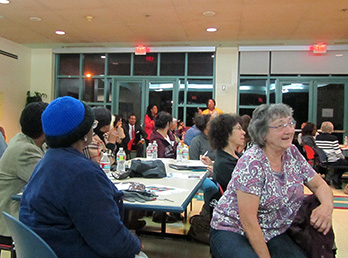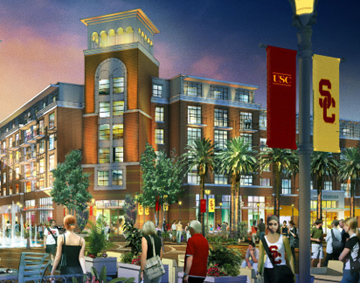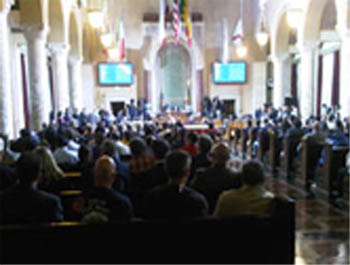By Melissa Hebert
Aja Brown is a second-generation resident of Compton who has entered the municipal elections for Mayor of the City of Compton. Brown has an extensive background in planning and has experience working for Compton’s redevelopment agency.
 Aja Brown
Aja BrownPlease state your name and time as a resident in the City of Compton, and which district you reside in?
Aja Brown, second-generation Compton resident. I reside in District 2.
What makes you qualified to run for the seat you wish to fill?
I have over 10 years of community development and economic development experience working with the municipalities of Gardena, Inglewood, Pasadena (former Planning Commissioner) and the City of Compton’s redevelopment agency. I am an urban planner by educational training. I graduated from the University of Southern California’s Sol Price School of Public Policy, Planning and Development, and hold a B.S. in Policy, Planning and Development and a Master’s in Planning – emphasis Economic Development. [Read more…]












 The new plans call for a mixed-use development with retail space on the ground floor and student housing above. The housing is especially important, because USC students have moved into housing that would have been rented by local families. The proposed housing units in the new development should return 900 units to the community, according to the Master Plan for University Village. However, this may not bring the expected benefits to the neighborhood. Paulina Gonzalez, Executive Director of Strategic Actions for a Just Economy (SAJE), a South Los Angeles community housing and economic development group, said,
The new plans call for a mixed-use development with retail space on the ground floor and student housing above. The housing is especially important, because USC students have moved into housing that would have been rented by local families. The proposed housing units in the new development should return 900 units to the community, according to the Master Plan for University Village. However, this may not bring the expected benefits to the neighborhood. Paulina Gonzalez, Executive Director of Strategic Actions for a Just Economy (SAJE), a South Los Angeles community housing and economic development group, said,  “I’m really amazed at how anyone could be opposed to this,” Councilman Dennis Zine said. “How anyone in their right mind would be opposed to this project that’s going to bring jobs, economy and help downtown Los Angeles.”
“I’m really amazed at how anyone could be opposed to this,” Councilman Dennis Zine said. “How anyone in their right mind would be opposed to this project that’s going to bring jobs, economy and help downtown Los Angeles.”






